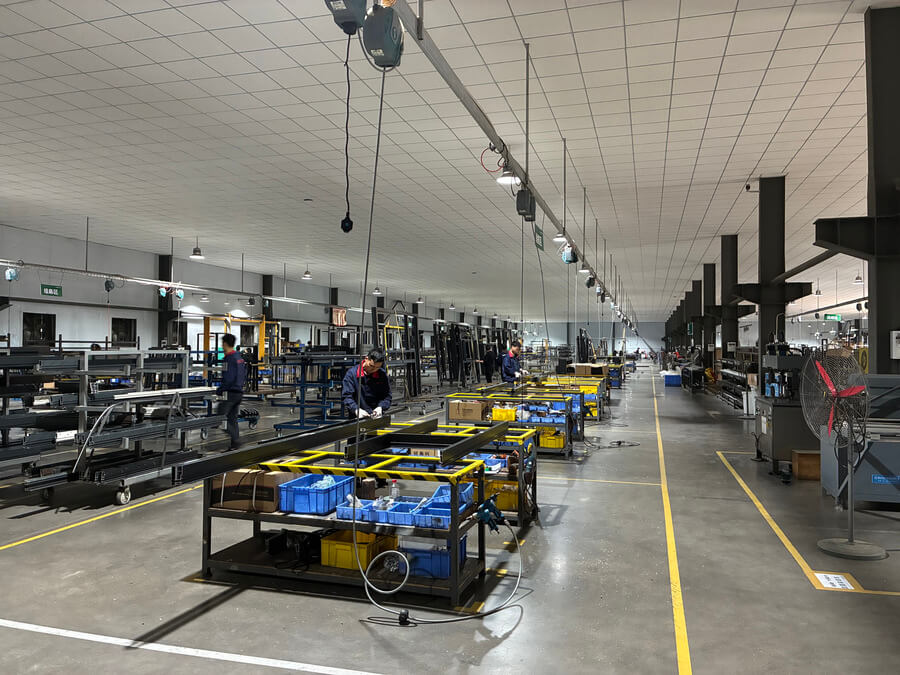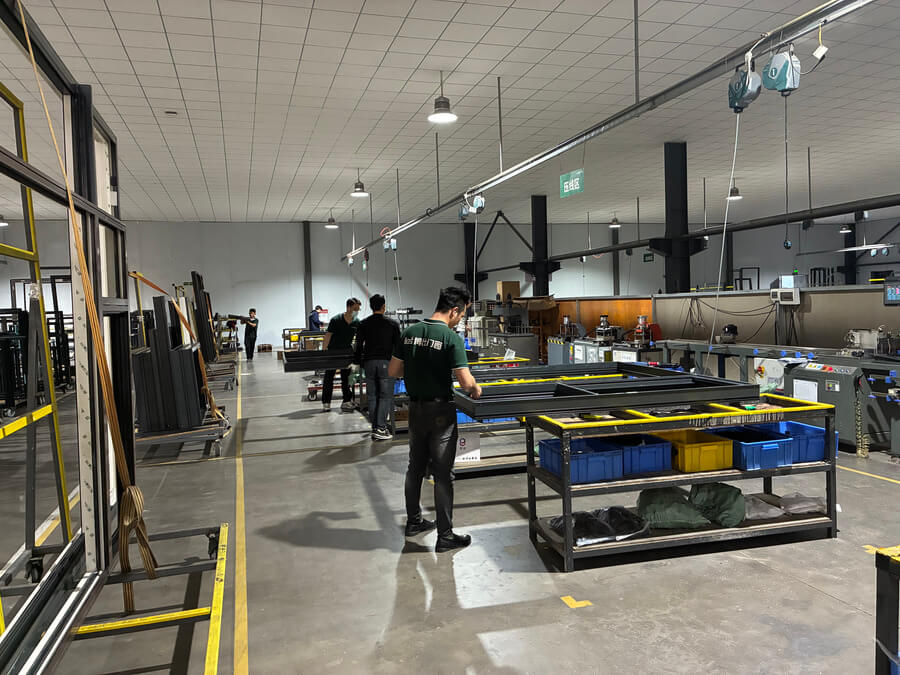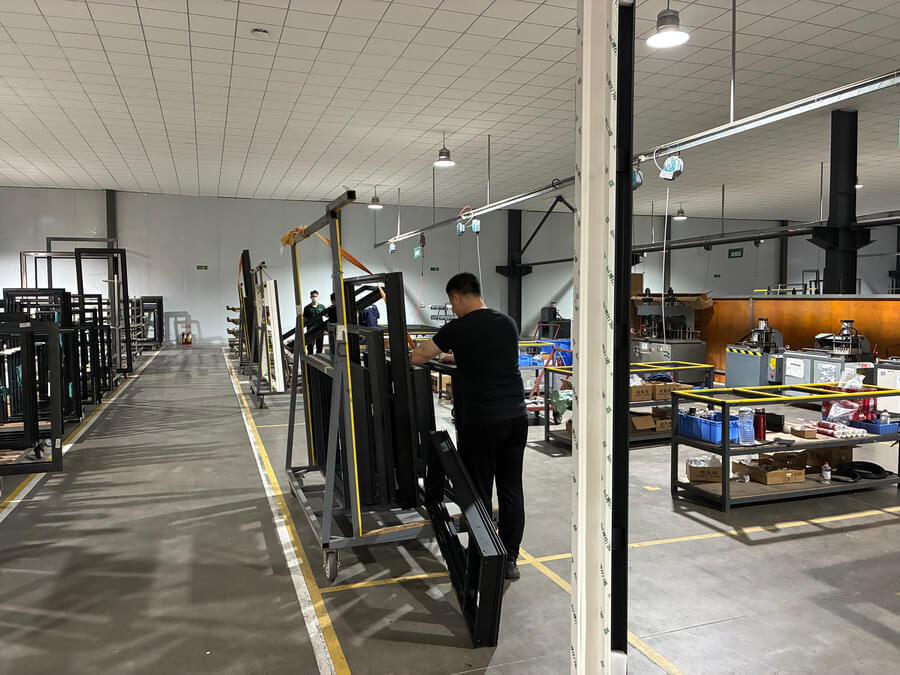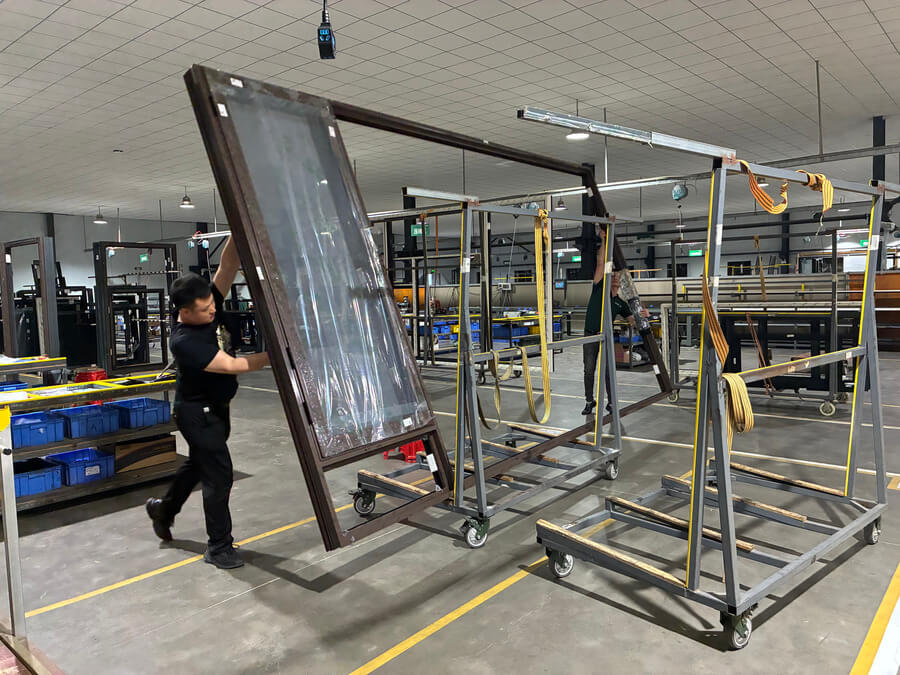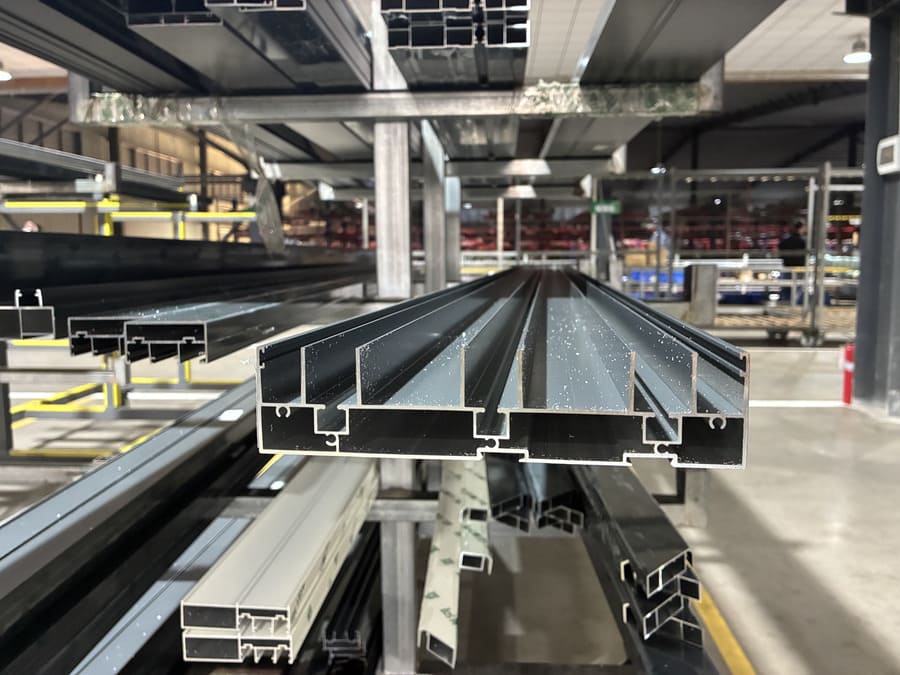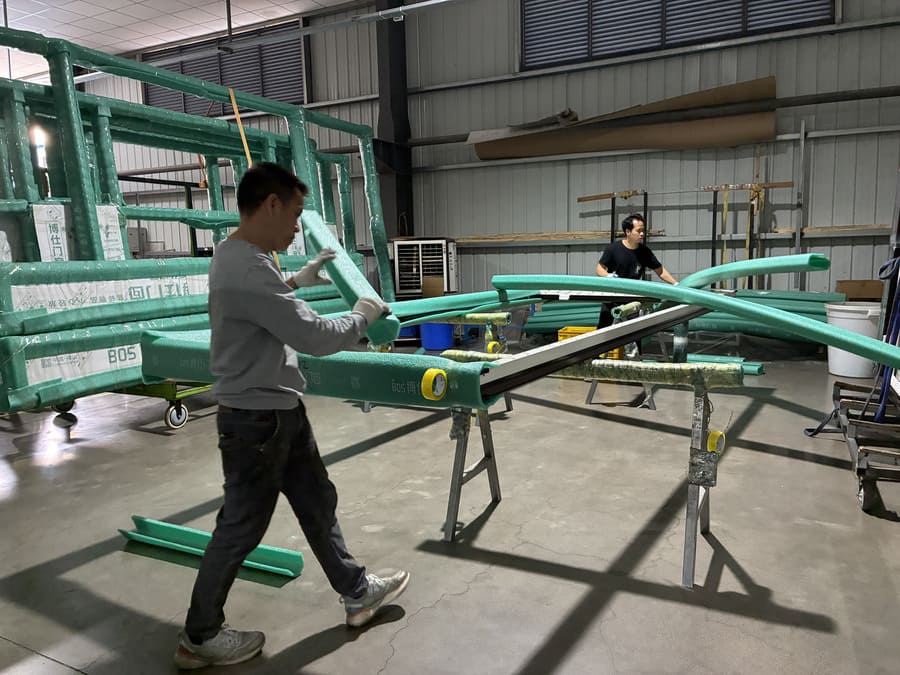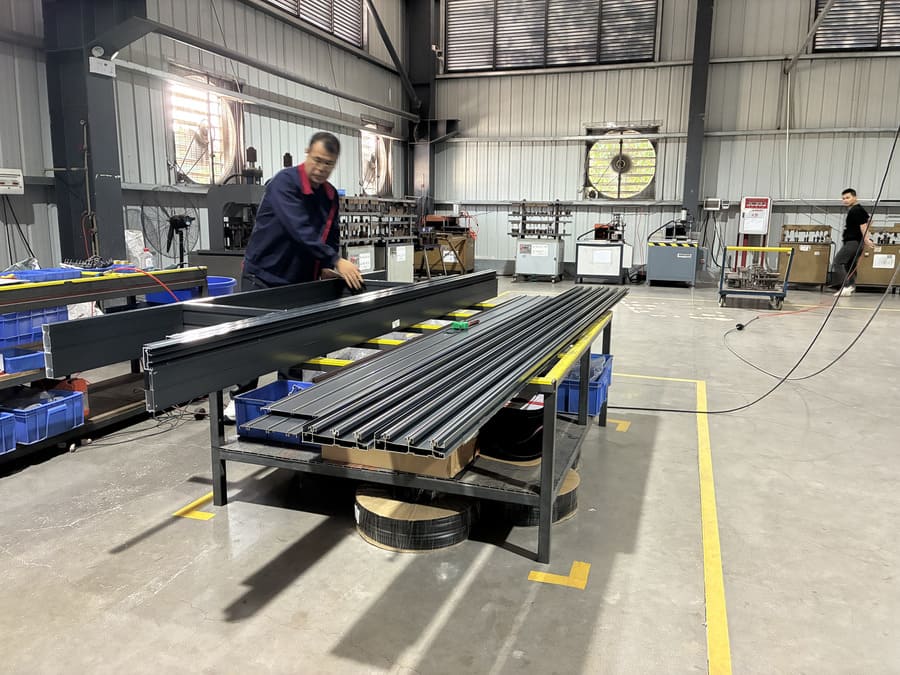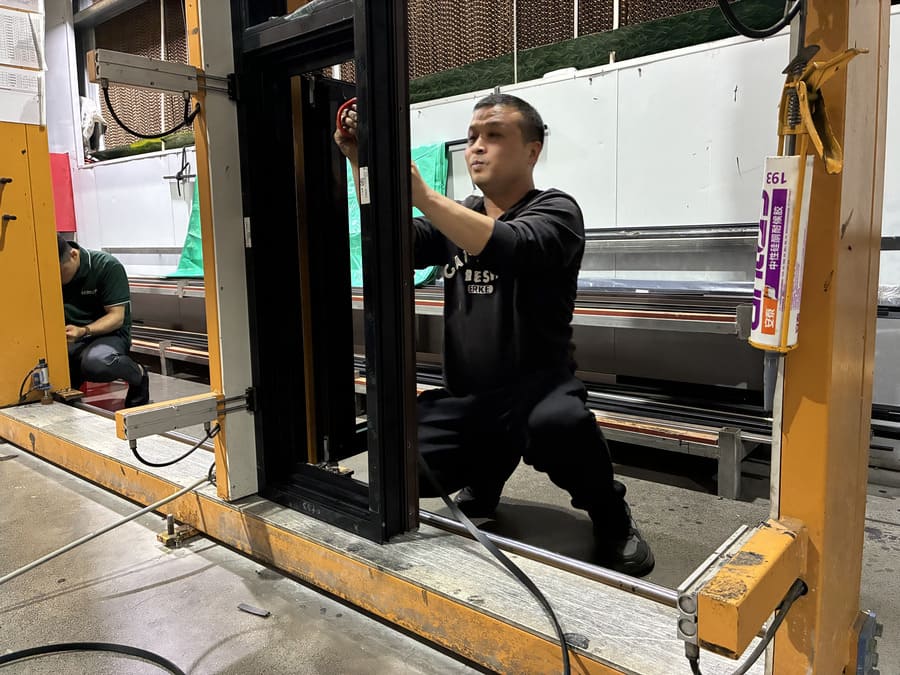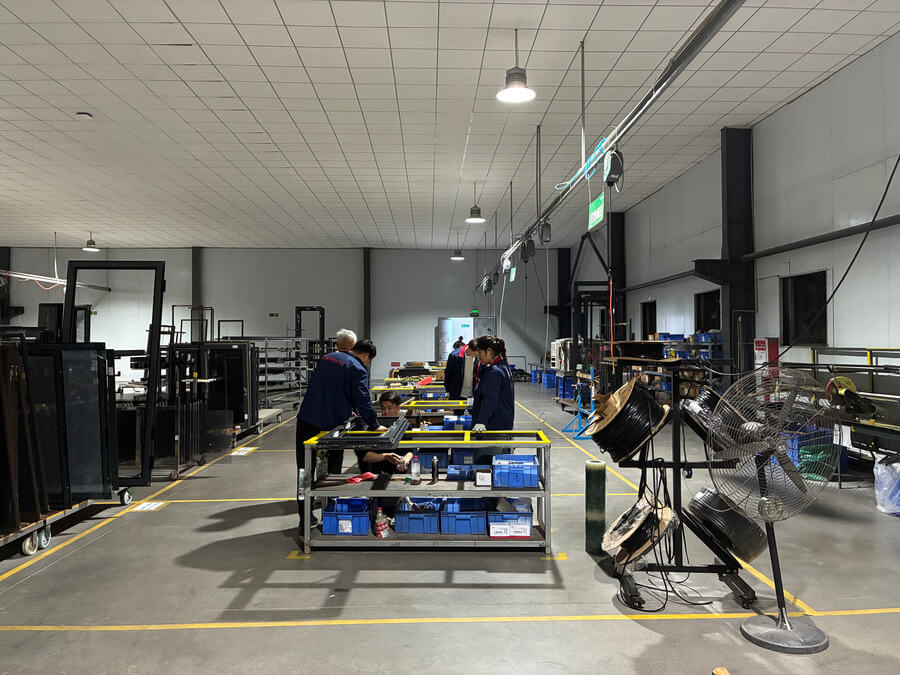What Are Double Glazed Windows?

Double-glazed windows are made up of two panes of glass that are separated by a spacer and an air- or inert gas-filled airtight layer, most commonly argon. This setup creates an insulating barrier that successfully reduces heat transfer between the outside and inside of a house. The result is improved thermal efficiency, less noise pollution, and greater energy conservation.
Compared to old-style single-pane windows, double glazing keeps houses cooler during summer and warmer during winter. The gap between the two panes of glass serves as a buffer zone, minimizing the heating and cooling costs. This not only makes the house more comfortable, but it is also energy savings in the long run.
Double glazing also provides an additional layer of security. Two panes of glass are more difficult to break than a single pane, and most double glazing units are fitted with laminated or toughened glass. Additionally, it reduces noise pollution, and this is perfect if you live near busy roads, airports, or in city centers.
In Australia’s climate, where the weather can fluctuate from searing heat to freezing winds depending on the area, double glazed windows are gaining popularity as a wise long-term investment in residential and commercial establishments.
What is the Cost of a Double Glazed Window in Australia?
Double glazing windows are a good investment, but the price will differ considerably based on a number of variables. Typically, homeowners in Australia should expect to pay anything from $400 to $1,500 for each window.
The ultimate new double glazing cost mainly relies on the size of the window, the material used for the frame, the type of glass, and the complexity of the installation. For instance, a small fixed window (approx. 600x600mm) with a standard aluminum or uPVC frame can be in the range of $400 to $600.
Medium-sized awning windows or casement windows (approx. 1000x1000mm) are in the range of $600 to $900. Larger windows, such as sliding windows or picture windows, can range from $800 to $1,800, particularly if the design gets more complicated or needs to be custom-made.
If you’re installing large doors like French doors or double-glazed bifold units, the double glazing costs can range anywhere from $2,000 to over $5,000. This will vary depending on the number of panels involved and the materials you choose.
Timber frames or energy conservation features like low-E glass or argon gas-filled panes will also increase the price. You should also include the installation costs, which can be between $150 and $300 per window if it is not part of the quoted cost.
Difficult-to-access homes, heritage buildings, or non-standard window openings can incur more labor charges. Unusual shapes or custom sizes can cost an additional 20–40% because of the additional materials and complexity of manufacture.
In short, while double glazed standard windows cost more to buy initially than single-pane windows, they save money in heating and cooling bills in the long term, and can add value to your house.
Factors That Influence the Cost of Double Glazed Windows


Several factors determine how much you’ll pay for double glazing windows in Australia:
- Window Size and Type: Larger windows or specially designed (for example, bay or arched windows) cost more. Stock sizes are cheaper and easier to install.
- Window Frame Material: uPVC is typically the lowest priced and most energy efficient. Aluminium double glazed window frames are longer-lasting but more costly. Timber frames give a traditional look but are high-priced and require greater maintenance.
- Glass Type and Feature: Standard double glazing window styles are cheaper, but adding features like low-E (low-emissivity) coatings, toughened safety glass, or laminated glass increases the price.
- Number of windows: The more windows you’re installing or replacing, the greater the overall cost, although purchasing in bulk may provide more favorable per-unit costs.
- Installation Complexity: Replacement of windows in older houses or difficult-to-reach locations can increase labor expenses. New construction is typically less expensive and faster to install.
- Location: Double glazing costs can differ by location. For instance, installation in rural areas or large cities such as Sydney or Melbourne could entail increased labor or transportation charges.
What You Should Know Before Choosing Double Glazed Windows

When you’re buying double glazing windows, it’s not always a matter of picking something you believe appears to be attractive. They’re a long-term installation that impacts your comfort, your energy bills, and even your property’s value.
Here are some of the fundamentals to look for when making up your mind:
Frame Material
The frame has an important role in insulation and aesthetics. uPVC is an affordable, popular option that is thermally efficient and low maintenance.
Aluminum frames are sturdy and narrow but may conduct more heat unless thermally broken. Timber frames offer natural insulation and beauty, but may require more maintenance.
Type of Glass and Spacing
Double glazing consists of two panes of glass with a space in between, typically filled with air or inert gas. Go for low-emissivity (Low-E) glass, which has a special coating to reflect heat back and improve energy efficiency. The larger the space between the panes (ideally 12–20mm), the better the insulation.
Thermal and Acoustic Performance
Look for the window’s U-value (a rating for heat transfer). The lower, the better the insulation. If you’re on a noisy road or in a loud area, also inquire about the Sound Transmission Class (STC) rating. Certain double glazed windows are made to substantially block sound.
Design and Customization
Do you require tilt-and-turn windows? Sliding panels? Specific finishes or colors? Make sure your supplier can match your style and architectural needs. Some frame styles and finishes are more costly, but may more suitably enhance your home’s look and feel.
Certifications and Warranties
Good manufacturers normally provide 5- to 10-year warranties. Check also whether the product complies with Australian Standards (e.g., AS2047 for windows). Certification ensures that the product has undergone testing for local conditions.
Installation Quality
Even high-quality windows will not perform well if they are not properly installed. Choose experienced and licensed installers who are knowledgeable about your local building codes and climate. A poor installation will lead to drafts, condensation, or even structural damage.
Double Glazing vs Single Glazing: Is It Worth the Cost?


Double glazing windows have more upfront costs than single glazed windows, but they are usually worth it in the long run. Double glazing is a far better insulator, with two panes of glass and an air gap in between, which keeps your house warmer during winter and cooler during summer. This reduces the use of heating and cooling devices, which means lower energy bills in the long run.
Apart from improved energy efficiency, double glazing also cuts out external noise, perfect for properties in noisy or busy locations. It also reduces condensation and improves internal comfort. Security is also a benefit, as double glazed windows are more difficult to break and tend to have more secure locks.
Although single glazed windows are cost-effective, which are around $150 to $300 for a single unit, versus $600 to $1,200 for double glazing, they don’t offer the long-term advantages in energy efficiency, comfort, and property value.
For the majority of Australian homeowners, particularly those who live in extreme climates or noisy suburbs, the additional cost of double glazing is more than worth it.
Conclusion
Investing in double glazed windows is simply more than upgrading just glass; you’re enhancing your home’s energy efficiency, comfort, security, and long‑term value. While the initial cost may seem generally higher than single glazing, the benefits in reduced heating/cooling bills, noise reduction, and insulation make double glazing a smart decision for most Australian homeowners.
If you’re looking for custom, high-performance windows and doors that meet Australian standards, Boswindor is here to help. Sourcing from Boswindor can save you half your budget. Contact us today to save more.







